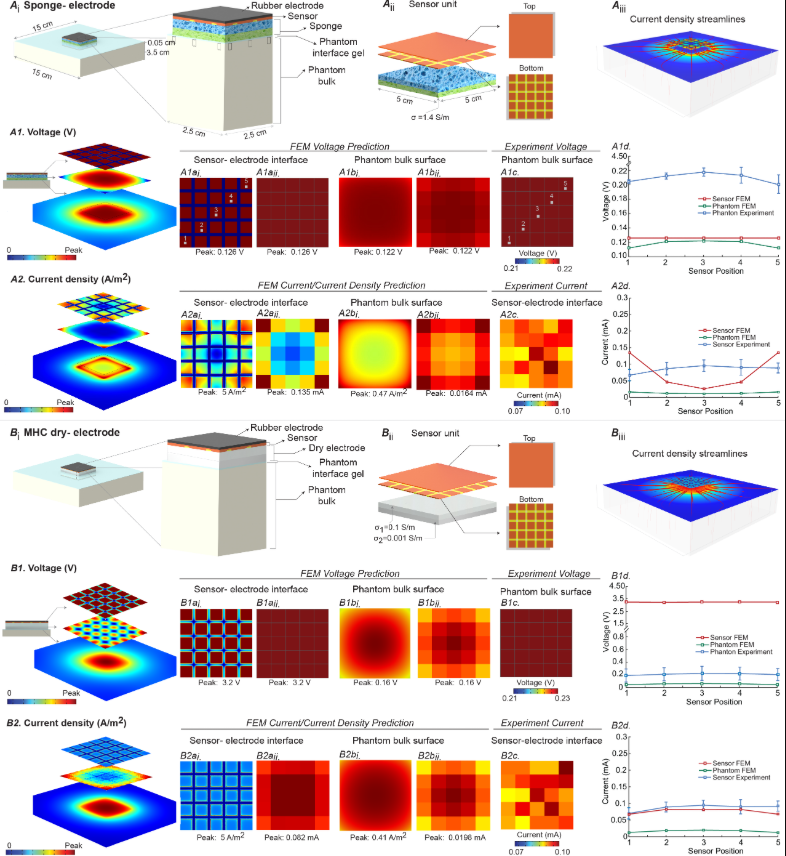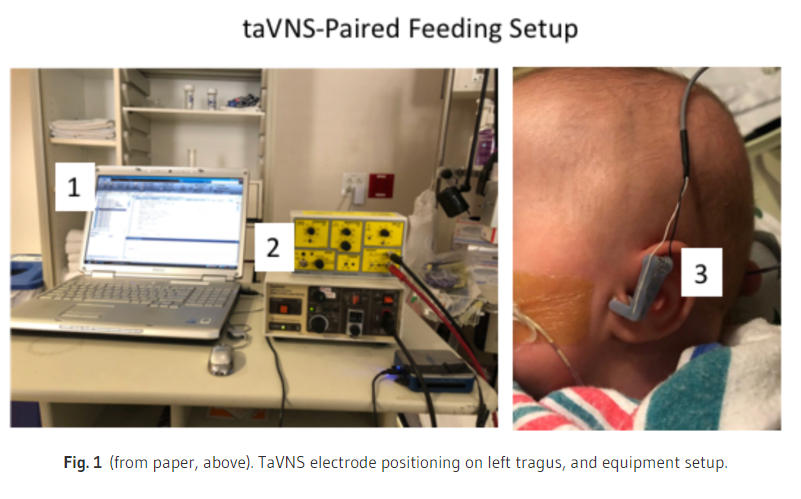Combined mnemonic strategy training and high-definition transcranial direct current stimulation for memory deficits in mild cognitive impairment
Download: PDF published in Alzheimer’s & Dementia: Translational Research & Clinical Interventions doi.org/10.1016/j.trci.2017.04.008
Benjamin M. Hampstead, Krishnankutty Sathian, Marom Bikson, Anthony Y. Stringer
ABSTRACT
Introduction: Memory deficits characterize Alzheimer’s dementia and the clinical precursor stage known as mild cognitive impairment. Nonpharmacologic interventions hold promise for enhancing functioning in these patients, potentially delaying functional impairment that denotes transition to dementia. Previous findings revealed that mnemonic strategy training (MST) enhances long-term retention of trained stimuli and is accompanied by increased blood oxygen level–dependent signal in the lateral frontal and parietal cortices as well as in the hippocampus. The present study was designed to enhance MST generalization, and the range of patients who benefit, via concurrent delivery of transcranial direct current stimulation (tDCS).
Methods: This protocol describes a prospective, randomized controlled, four-arm, double-blind study targeting memory deficits in those with mild cognitive impairment. Once randomized, participants complete five consecutive daily sessions in which they receive either active or sham high definition tDCS over the left lateral prefrontal cortex, a region known to be important for successful memory encoding and that has been engaged by MST. High definition tDCS (active or sham) will be combined with either MST or autobiographical memory recall (comparable to reminiscence therapy). Participants undergo memory testing using ecologically relevant measures and functional magnetic resonance imaging before and after these treatment sessions as well as at a 3-month follow-up. Primary outcome measures include face-name and object-location association tasks. Secondary outcome measures include self-report of memory abilities as well as a spatial navigation task (near transfer) and prose memory (medication instructions; far transfer). Changes in functional magnetic resonance imaging will be evaluated during both task performance and the resting-state using activation and connectivity analyses.
Discussion: The results will provide important information about the efficacy of cognitive and neuromodulatory techniques as well as the synergistic interaction between these promising approaches. Exploratory results will examine patient characteristics that affect treatment efficacy, thereby identifying those most appropriate for intervention.



































